
We whittled down thousands of products from dozens of brands to choose these: The 100 best bits of snowboard gear this winter.

The test team dive into selected bits of snowboard kit, including boards, boots, bindings, goggles and more.

Watch the kit being put through its paces by presenter Ed Leigh and Ronan Thompson in New Zealand.

Introducing the Whitelines test team, who rode and rated the kit included in this year’s 100.
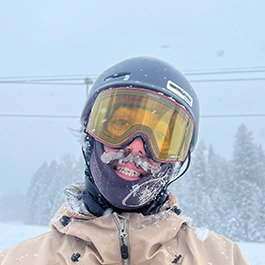
Kevin Frank
Snowboarding for: 19 years
Based: Fernie, British Columbia
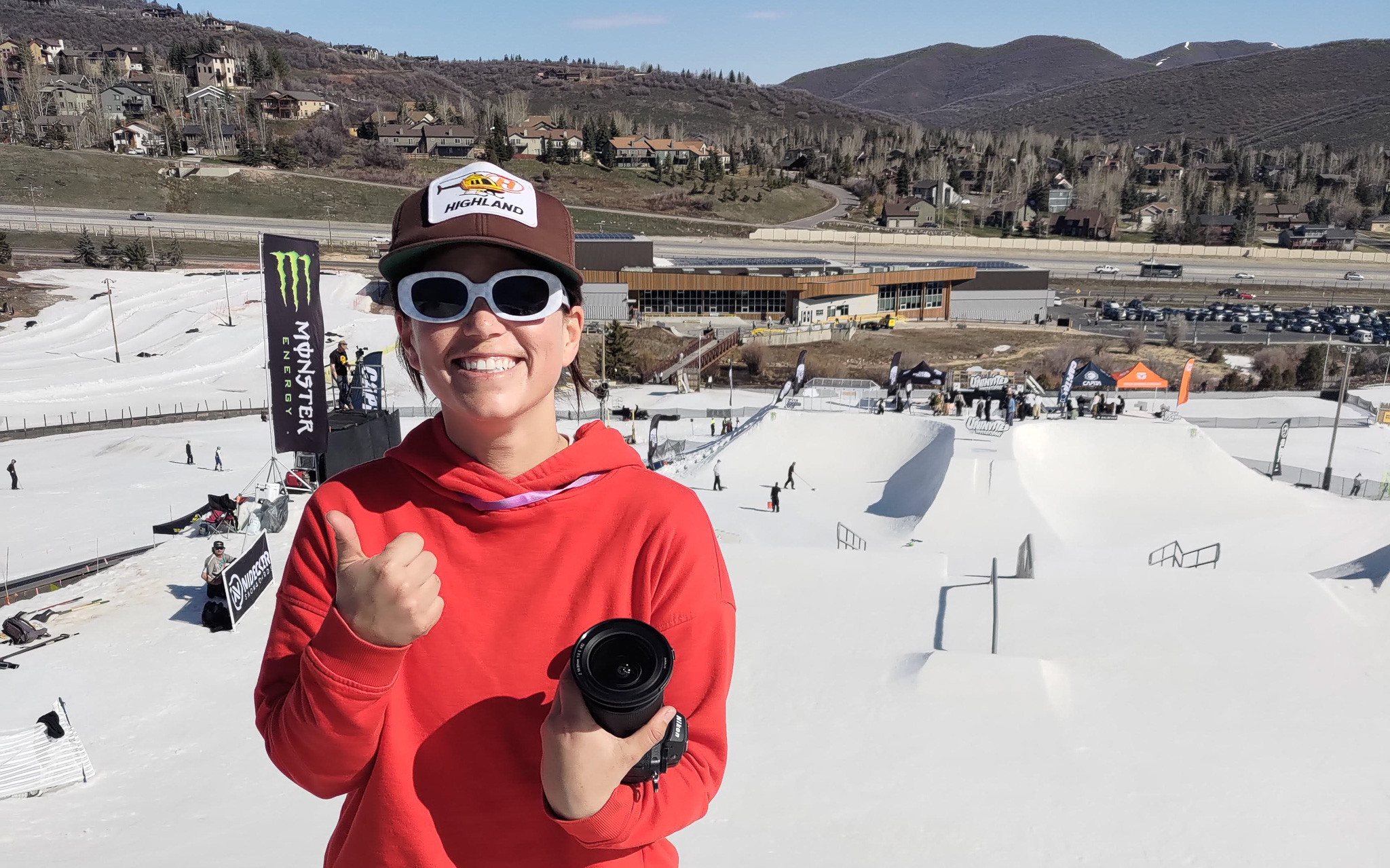
Sara Previte
Snowboarding for: 21 years
Based: Fernie, Canada
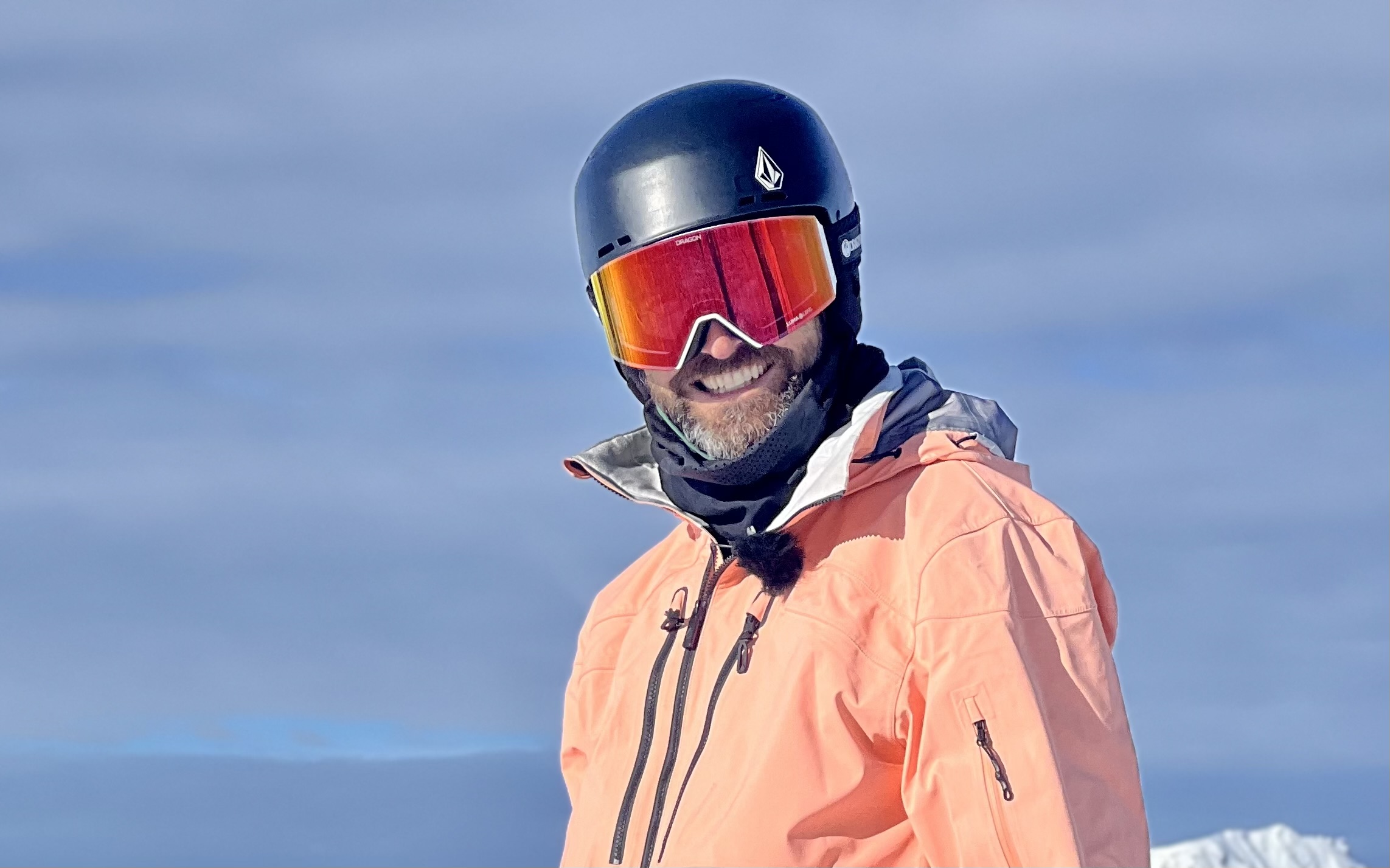
Ed Leigh
Snowboarding for: 35 years
Based: Cardrona, New Zealand
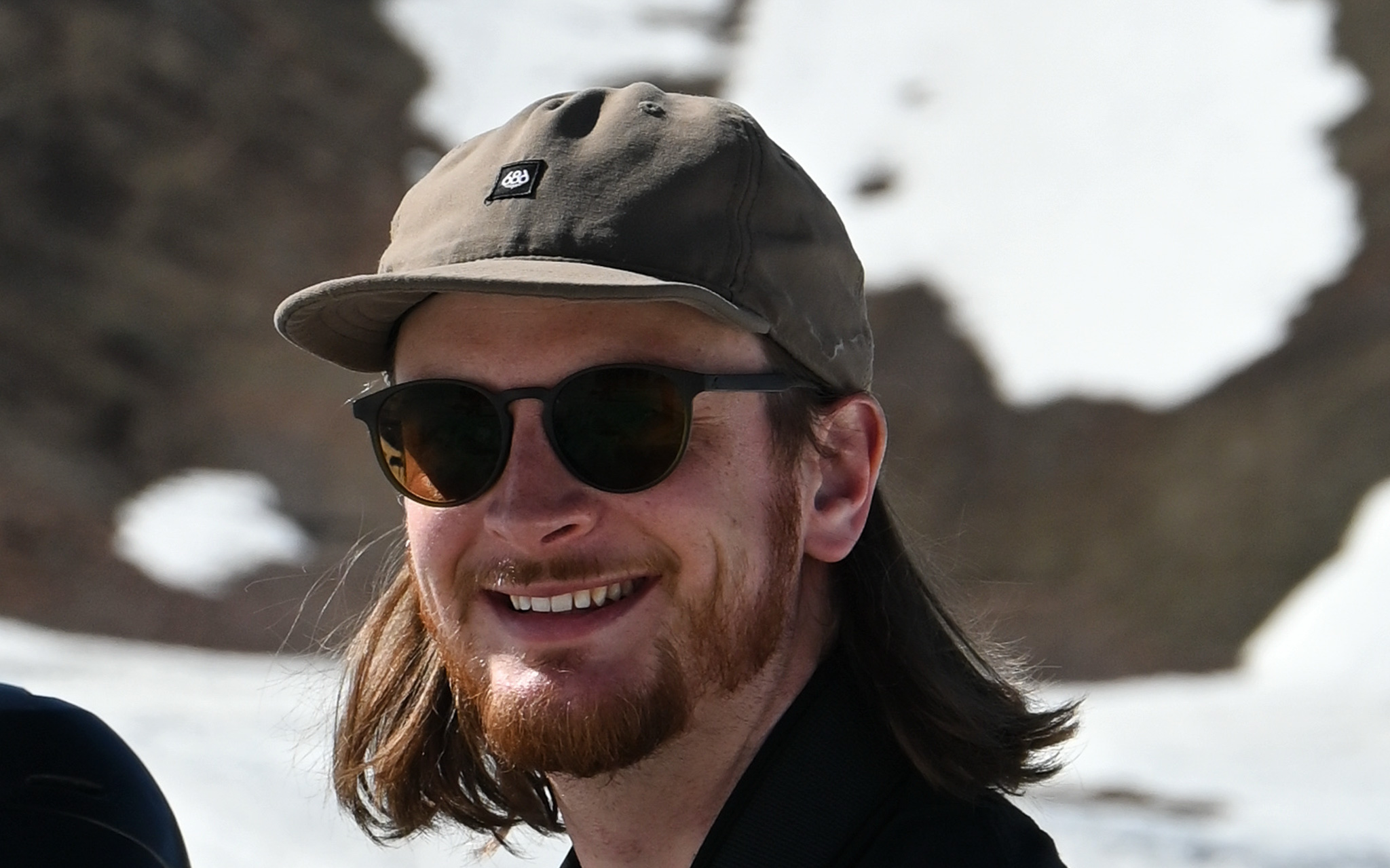
Pat Nichols
Snowboarding for: 18 years
Based: Fernie, Canada
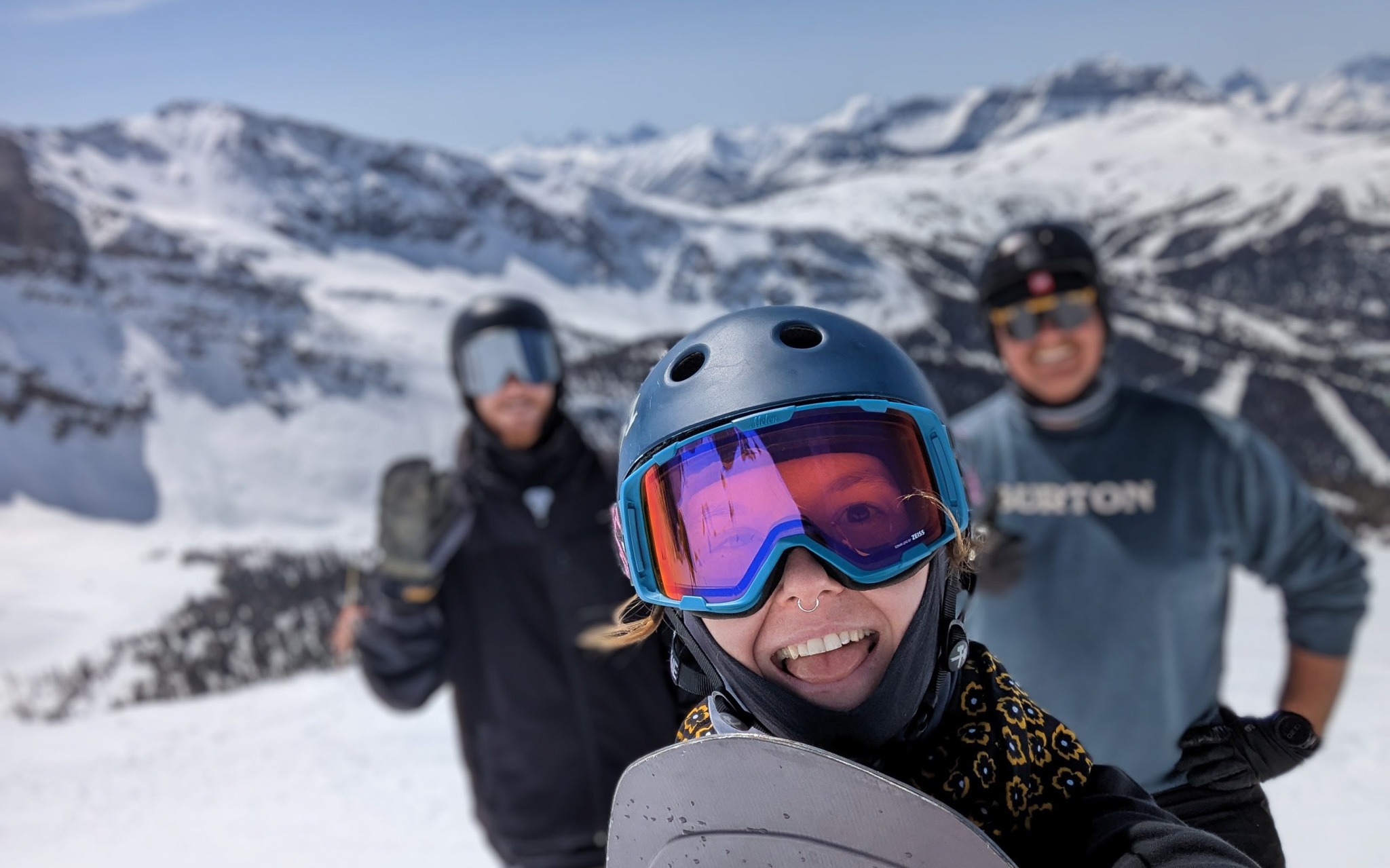
Jordan Copestake
Snowboarding for: 16 years
Based: Fernie, Canada
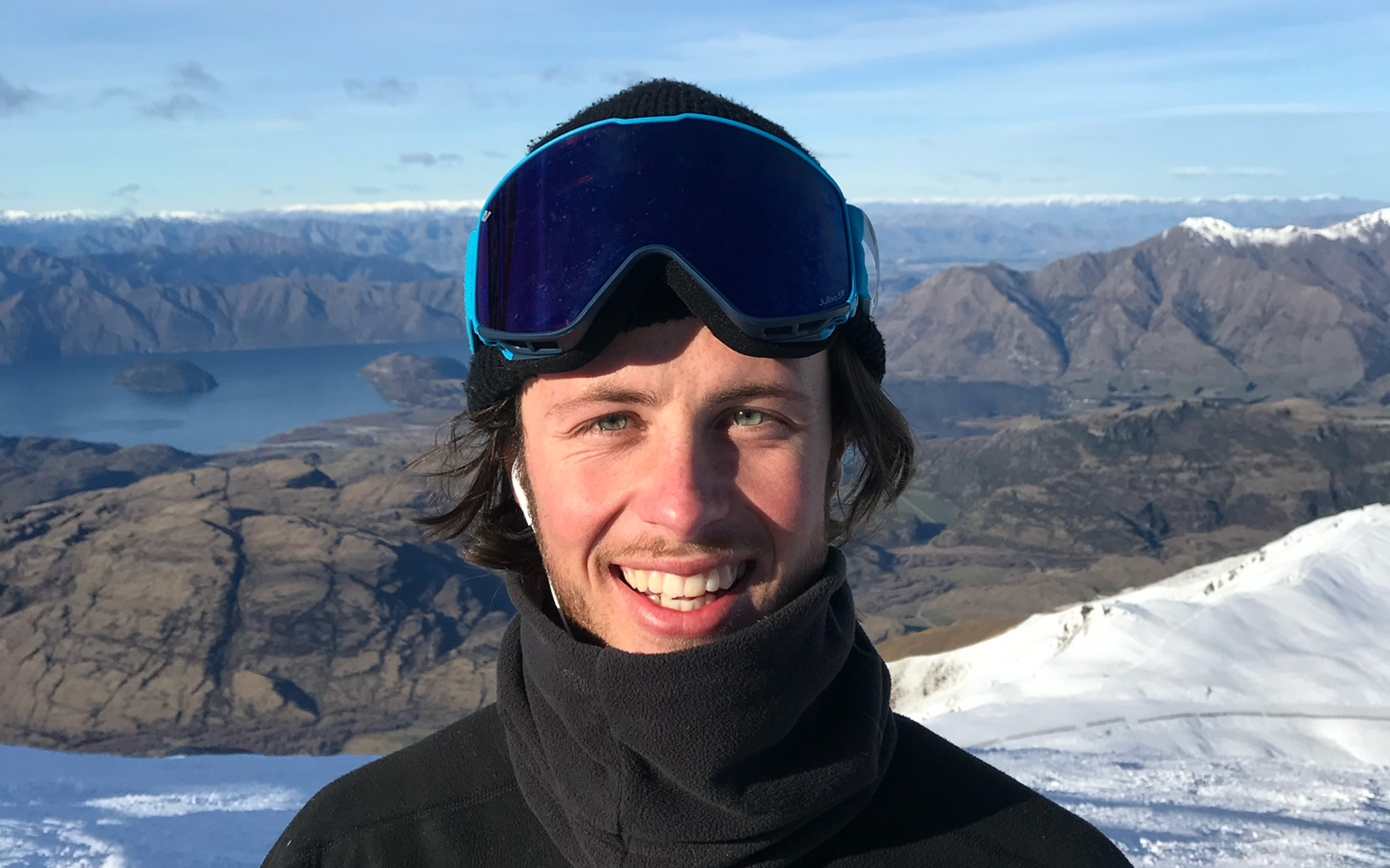
Ronan Thompson
Snowboarding for: 15 years
Based: Cardrona, New Zealand
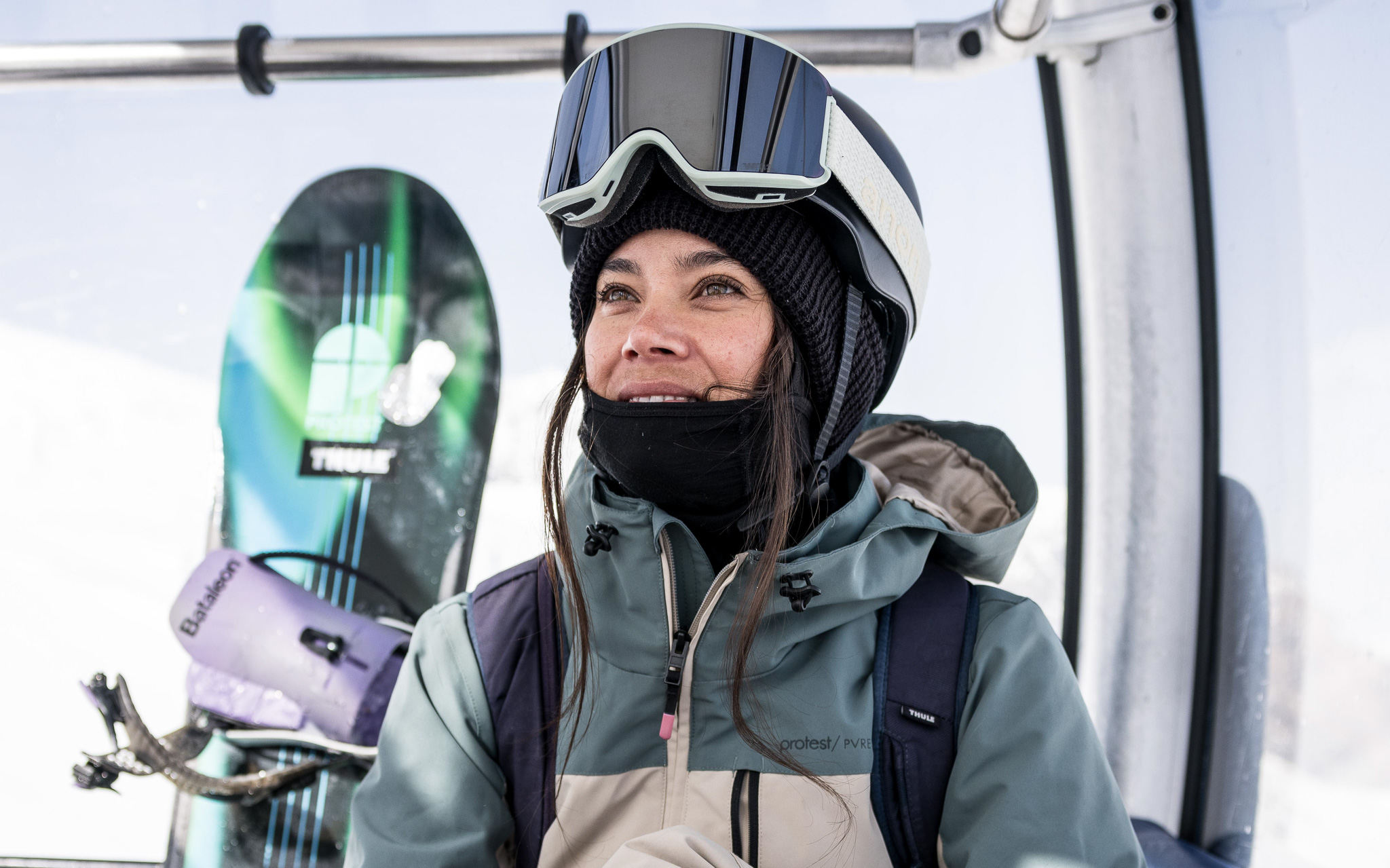
Maria Kuzma
Snowboarding for: 29 years
Based: Zillertal Valley, Austria
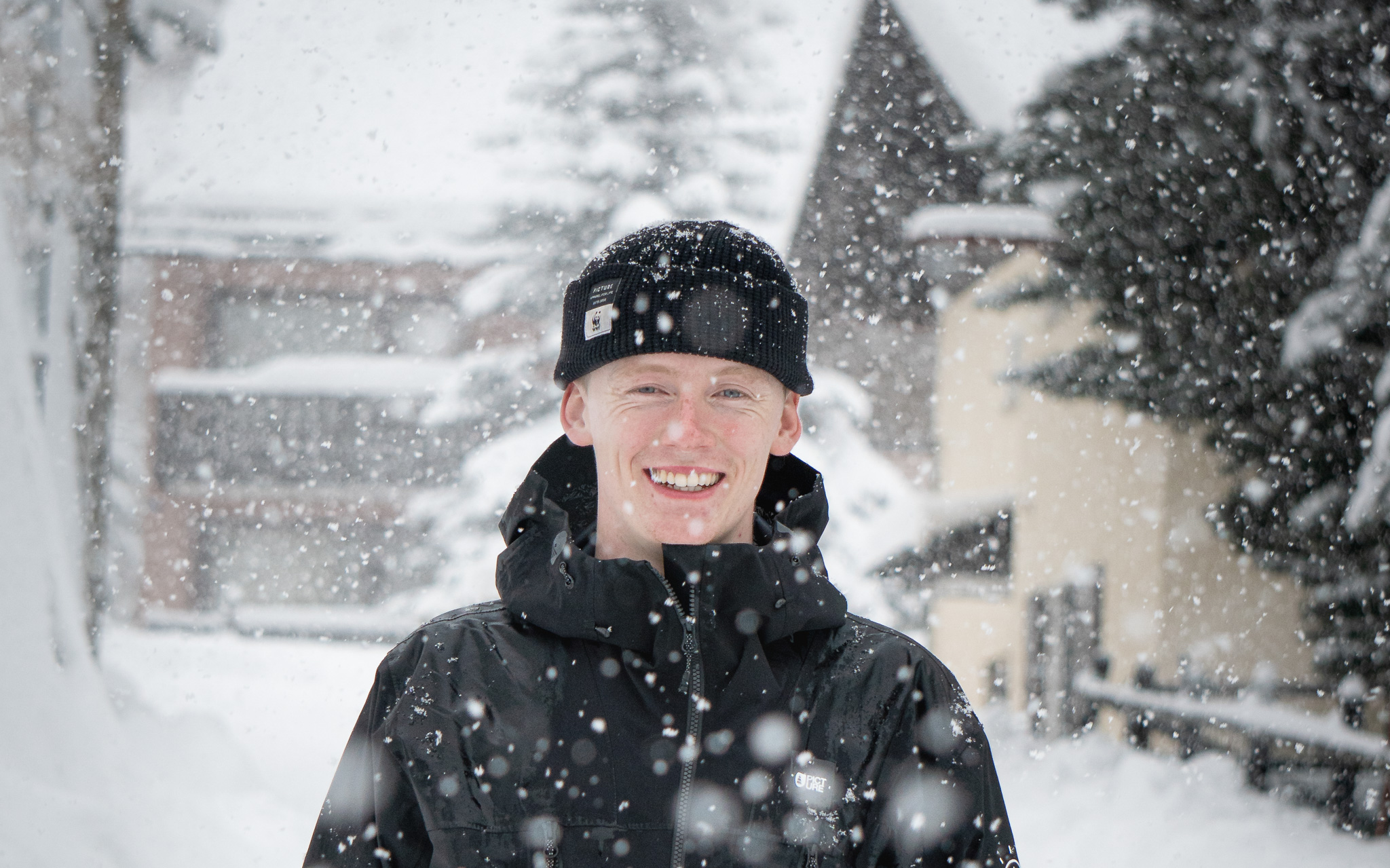
Matt McCormick
Snowboarding for: 19 years
Based: Scotland
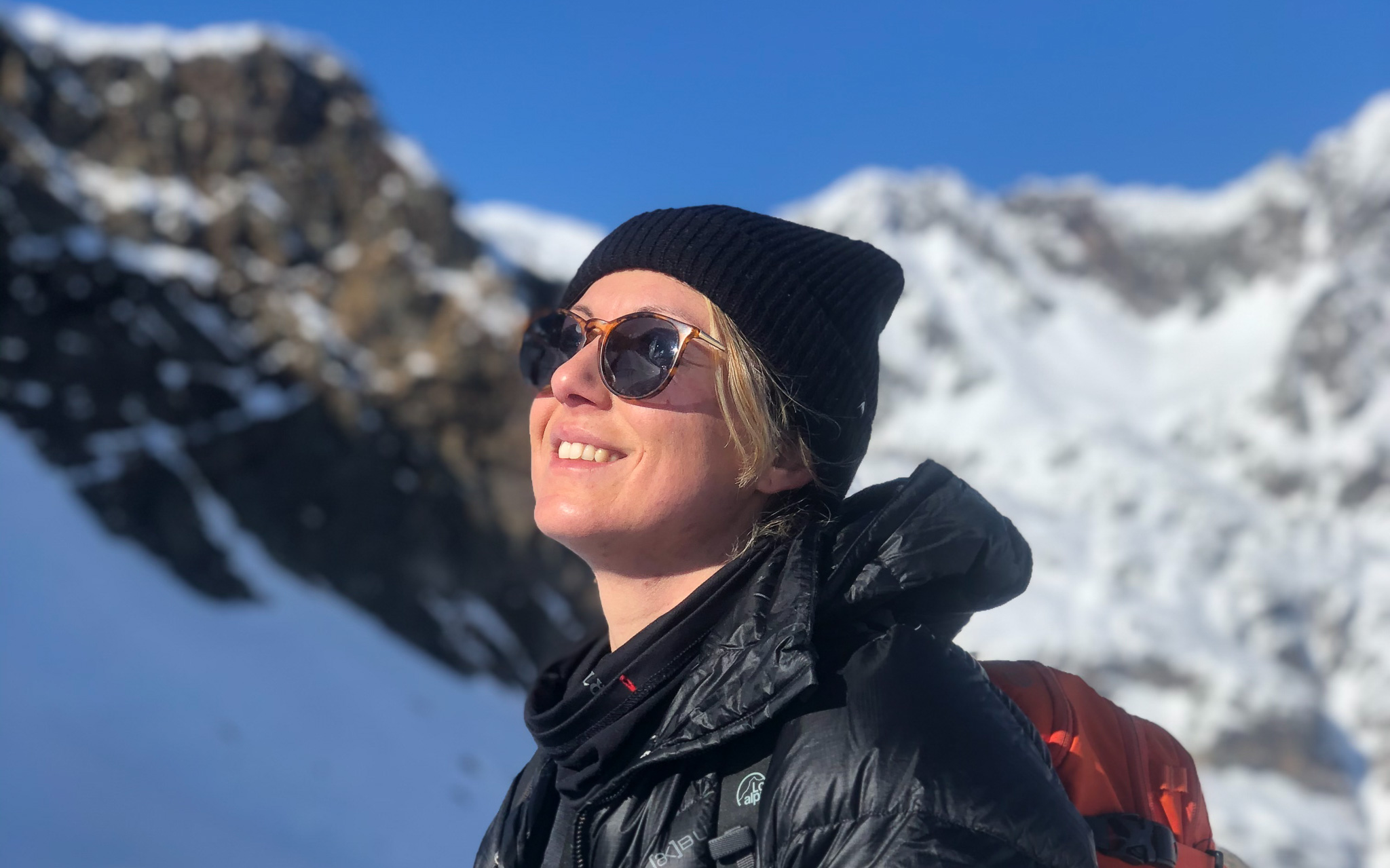
Simona Silvestri
Snowboarding for: 18 years
Based: Fai della Paganella, Italy